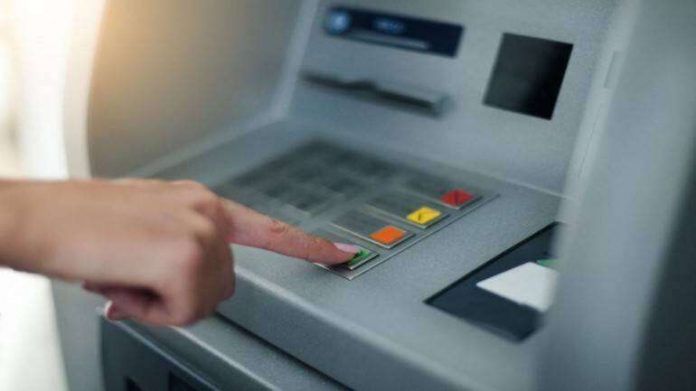- A prototype of a contactless ATM cash withdrawal solution is in the testing stage
- The industry is working towards making ATM kiosks more friendly amid the threat of covid-19 infections
Most of us would find going to an ATM fraught with risk as the covid-19 infection threat looms over us. At an ATM kiosk, you end up touching various surfaces—from the door knob to the keypad or the screen of the ATM itself.
Some banks are realizing that the only true way to reassure people in this environment, apart from taking sanitizing measures, is to eliminate the need to touch the same ATM screen or keypad as others.
Here’s how banks are trying to make ATM kiosks safer for customers amid the covid-19 pandemic and how the ATM industry is expected to evolve to meet your various needs.
Touchless Experience
Contactless cash withdrawals from ATMs may soon be a reality.
AGS Transact Technologies, payment solutions company, has developed a prototype of a “touchless” cash withdrawal solution. “Cardholders can now withdraw cash from an ATM machine by scanning a QR code on its screen without having to touch the surface. Banks are required to make only a software upgrade to enable this feature on their ATM network. The bank’s customer can perform all the steps required to withdraw cash from an ATM using the mobile application, which includes entering the withdrawal amount and MPIN required to dispense the cash from the ATM machine.” said Ravi B. Goyal, chairman and managing director, AGS Transact.
AGS is in the process of implementing this contactless solution for some banks, and is in discussions with others.
Before the pandemic hit, large banks like ICICI Bank and the State Bank of India had developed their own touchless withdrawal systems, but these have not been adapted to eliminate the need to engage with the ATM altogether.
In the post-covid era, initiatives like virtual banking are likely to become the new normal, said Goyal. More and more transactions are expected to become contactless and reliant on digital platforms.
Sanitizing for safety
Rules around social distancing and sanitization are now being strictly enforced to neutralize the risk of covid-19 transmission.
For instance, rules about only one person entering an ATM kiosk at a time were already in place, but they were not strictly followed everywhere.
“To ensure necessary hygiene and safety, ATM sites are sanitized as part of the regular cleaning process, in some cases multiple times during a day, depending on the usage. This includes sanitizing the lobby, ATM keypads and door handles,” said Rustom Irani, managing director and chief executive officer of Cash Business, Hitachi Payment Services, a payment solutions provider.
According to K. Srinivas, director, Confederation of ATM Industry, an industry body of ATM operators, precautions are also being taken at the time of cash loading operations. “There are daily temperature checks of employees, and wearing mask is mandatory. Vehicles and offices are also sanitized regularly,” he said.
But it’s crucial to take your own precautions too as numerous people may transact at ATM kiosks in a day, especially in urban centres.
The way forward
Over time, the functionality of ATMs has extended well beyond just cash dispensing. “ATMs today are fully capable of functioning as a ‘virtual bank branch’, allowing customers to self-service 24×7 for activities such as real-time cash deposit, raising services requests such as PIN change and so on,” said Goyal.
Moreover, the services and functionality of ATMs will only expand in the future. Niraj Sharma, head, ATM, internet banking, Bank of Baroda, said, “Customers can expect to see ATM terminals becoming more interactive catering to customer services, apart from cash dispensation, as well as becoming an essential instrument for the delivery of government initiatives and services delivery.”
Rapid strides in technology is expected to add to the services you can expect at an ATM.
“The future tech trends will be in the direction of boosting customer convenience through contactless services, interactive videos, as well as using machine learning and artificial intelligence to cross-sell products, provide advisory and loans and complete branch banking,” said V. Balasubramanian, president, merchant and terminal business, FSS, a global payment systems company.
As digital payments become bigger and bigger, ATMs might assume other roles, said experts. “In the short run, we may transition to a less cash economy, but with technological advancements, ATM machines have been empowered to offer various value-added services like mobile banking registrations, Aadhar seeding and collecting school fees, which will enhance customer convenience and also reduce load on the branches,” said Sharma.
One area that still needs attention is security of transactions but experts said by leveraging machine learning and artificial intelligence, ATM technology may eventually solve problems of fraud as well as address customer dispute resolution.


